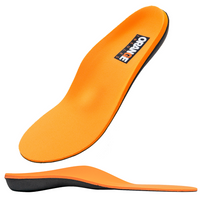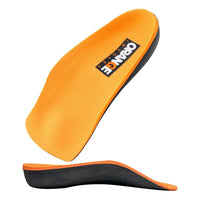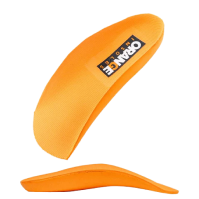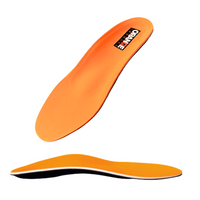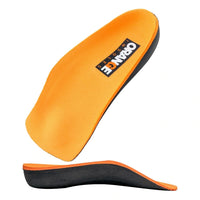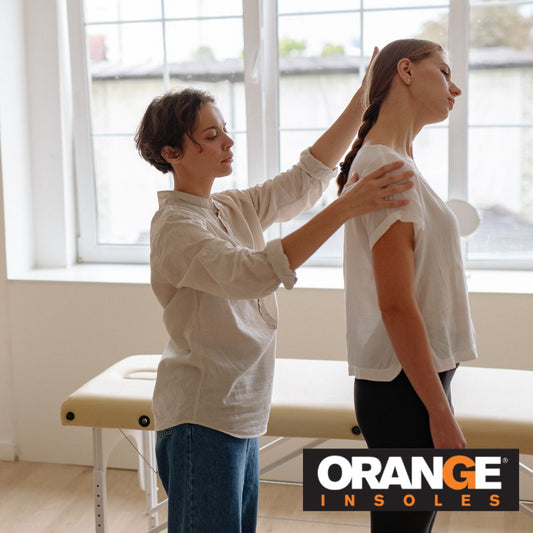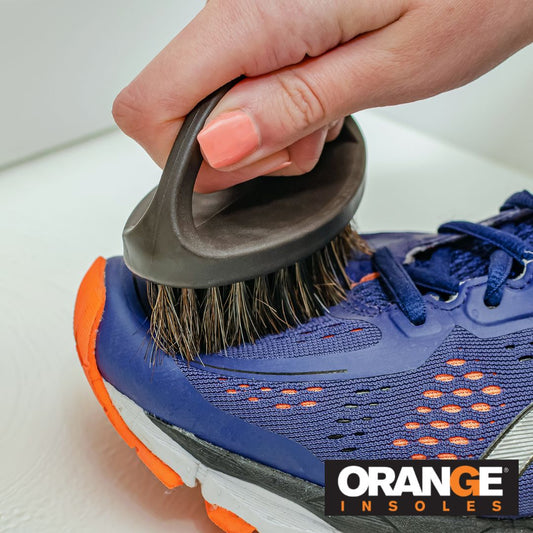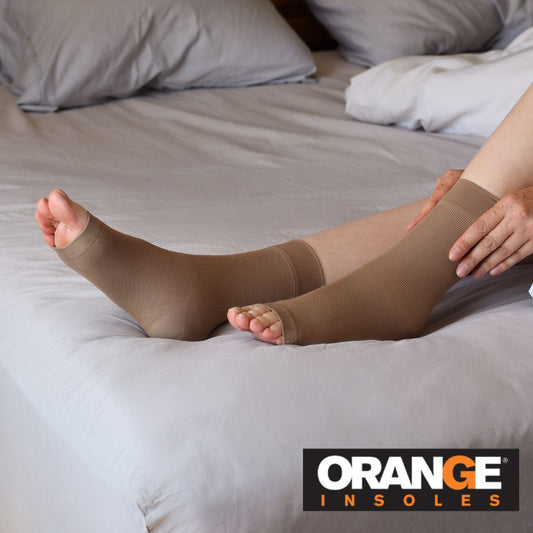If you’ve ever woken up and felt a stabbing pain in your heel as soon as your foot hit the floor, you might be familiar with plantar fasciitis. It’s one of the most common causes of heel pain and affects millions of Americans every year. While there are plenty of ways to treat plantar fasciitis, the real power lies in prevention—and one of the best ways to protect your feet is through targeted stretching.
Here’s a look at simple yet effective stretches that can help you prevent plantar fasciitis before it starts.
What Is Plantar Fasciitis, and Why Prevention Matters
Ever experienced getting pain in your feet after a run or perhaps even a long day of standing around? That just might be plantar fasciitis.
Plantar fasciitis occurs when the thick band of tissue that runs along the bottom of your foot (the plantar fascia) becomes inflamed or overstretched. It’s often caused by repetitive strain, poor foot mechanics, or a lack of proper arch support. The good news? By incorporating a few key stretches into your daily routine, you can keep the fascia flexible and reduce your risk of injury.
Read more: 5 Common Questions About Plantar Fasciitis
The Best Stretches to Prevent Plantar Fasciitis
You don’t need to be a yoga expert or have a gym membership. Just a few minutes a day can keep your feet limber and strong. Here are the most recommended stretches:
1. Calf Stretch (Wall Stretch)
-
How: Stand facing a wall with your hands on it. Step one foot back, keeping the heel down and leg straight. Lean forward slightly until you feel a stretch in the calf.
-
Why it helps: Tight calves increase tension on the plantar fascia. Stretching them reduces that pull.
2. Plantar Fascia Stretch
-
How: While seated, cross one foot over your opposite knee. Grab your toes and gently pull them back toward your shin.
-
Why it helps: This directly stretches the plantar fascia and helps keep it resilient against microtears.
3. Towel Stretch
-
How: Sit with legs extended. Loop a towel around the ball of your foot and gently pull it toward you while keeping your knee straight.
-
Why it helps: A great stretch for both the calves and the underside of the foot.
4. Toe Curls & Marble Pickups
-
How: Use your toes to scrunch a towel or pick up marbles from the floor.
-
Why it helps: Strengthens the intrinsic muscles of the foot, offering better support for the arch.
5. Achilles Tendon Stretch
-
How: Similar to the wall calf stretch, but this time bend the back knee slightly while keeping the heel on the floor.
-
Why it helps: The Achilles tendon is connected to the plantar fascia—keeping it loose helps reduce overall tension on the foot.
Stretching by Age: Why It Matters
Your age can influence how your body responds to movement and flexibility. As we get older, joints stiffen, muscles lose elasticity, and balance becomes more challenging—making stretching not just helpful, but essential. Studies show that stretching can significantly improve flexibility, mobility, and even cardiovascular health in older adults. For example, a study in the Journal of Aging Research found that stretching programs enhanced functional performance and reduced fall risk among seniors. Similarly, research in the International Journal of Environmental Research and Public Health highlighted how stretching reduced arterial stiffness and improved vascular function in aging populations.
Gentle, low-load stretches are especially effective for seniors, offering joint support and improved balance without strain. According to “The Best Stretches for Your Age Group”, tailoring your stretching routine to your age group helps minimize discomfort and maximize mobility. Younger adults may lean into dynamic routines, while older adults benefit most from slow, consistent stretching practices.
Prevention Isn’t Just About Feet
Plantar fasciitis might start in the foot, but it often connects to issues further up the chain—like tight hips or weak glutes. In this article on preventing hip injuries, Orange Insoles explains how proper alignment and mobility through the hips and legs can dramatically reduce foot strain. A full-body approach to stretching is your best bet for staying injury-free.
Already Feeling Tight? These Stretches Also Relieve Pain
Even if you’re just starting to feel some heel discomfort, it’s not too late. The stretches above also double as relief techniques. For more pain-focused guidance, check out “Stretches to Relieve Plantar Fasciitis” for variations and tips to ease inflammation and pain.
Support Your Stretching With the Right Gear
Stretching alone is powerful, but it works best when paired with supportive footwear. A major contributor to plantar fasciitis is improper arch and heel support—especially from worn-out or unsupportive shoes.
The solution? Supplement your routine with high-quality insoles like those from Orange Insoles. Designed to align the foot, reduce pressure, and prevent overpronation, they offer the daily support your feet need—before, during, and after activity.
✅ Final Tips to Stay Ahead of Foot Pain
-
Stretch daily, especially before and after activity.
-
Warm up your feet in the morning with a quick stretch session.
-
Don’t ignore tightness—address it early.
-
Support your feet with proper shoes and insoles.
-
Mix in hip and leg stretches for full-body alignment.
With just a few minutes of stretching each day and the right support underfoot, you can stay a step ahead of plantar fasciitis—and keep moving pain-free for the long run.
